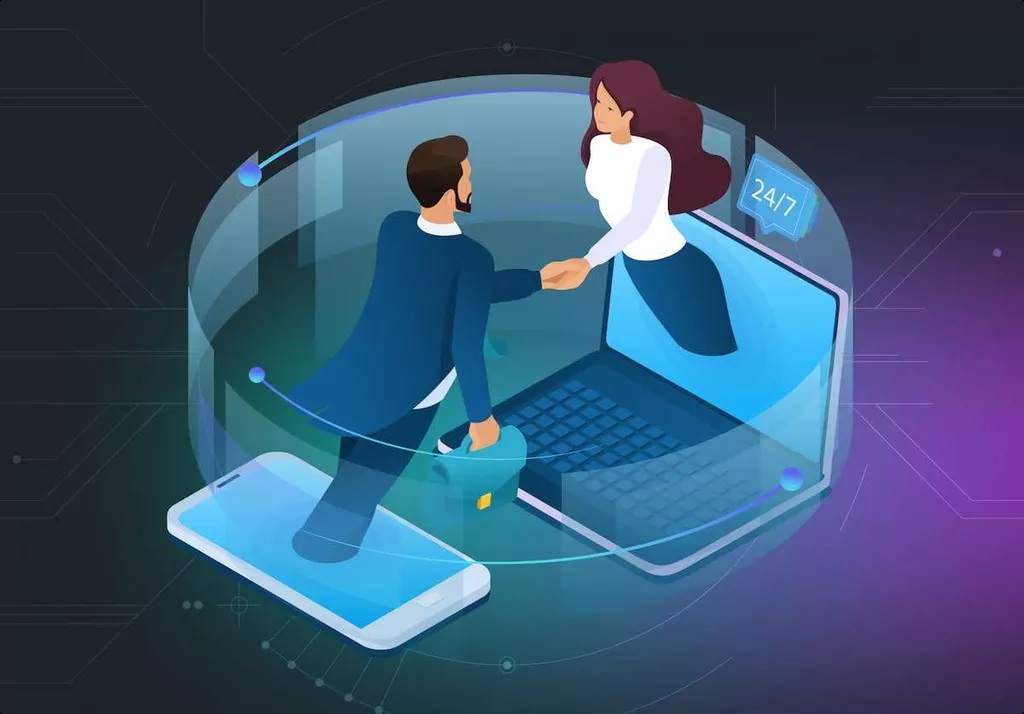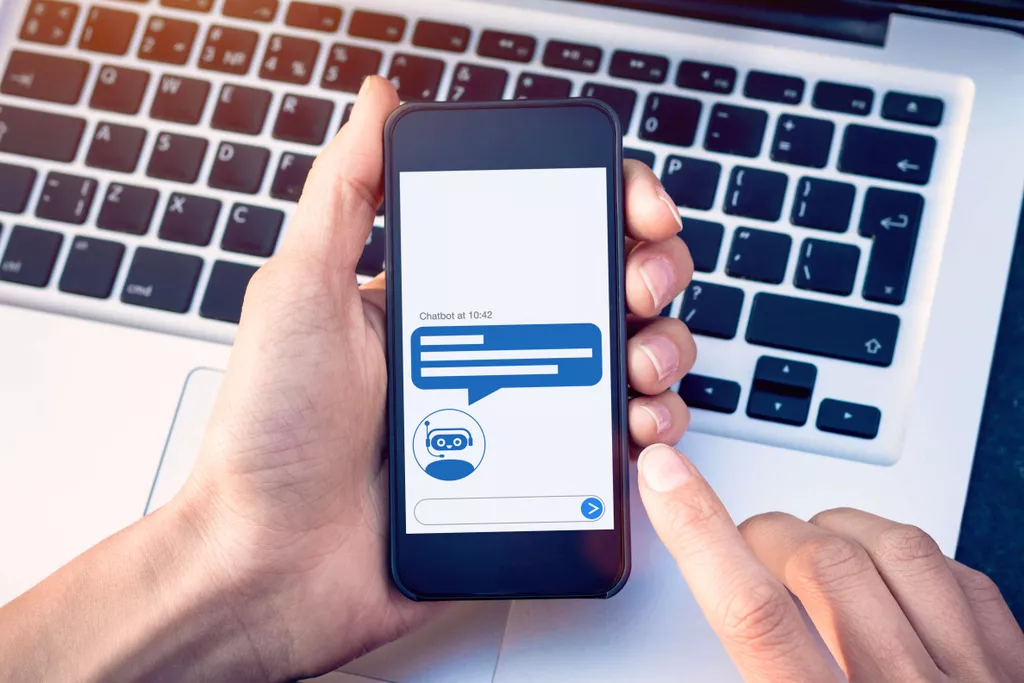Chatbots in Healthcare 10 Use Cases + Development Guide
Regular quality checks are especially critical for chatbots acting as decision aids because they can have a major impact on patients’ health outcomes. Most would assume that survivors of cancer would be more inclined to practice health protection behaviors with extra guidance from health professionals; however, the results have been surprising. Smoking accounts for at least 30% of all cancer deaths; however, up to 50% of survivors continue to smoke [88]. The cognitive behavioral therapy–based chatbot SMAG, supporting users over the Facebook social network, resulted in a 10% higher cessation rate compared with control groups [50]. Motivational interview–based chatbots have been proposed with promising results, where a significant number of patients showed an increase in their confidence and readiness to quit smoking after 1 week [92].
It costs $14.99/month for the Pro version, which provides unlimited conversations with chatbots, personalized health reports, and grants you early access to new features. Now that you know about the main benefits of chatbots in healthcare, let us tell you about a couple of the best chatbots that exist today. Chatbots in healthcare contribute to significant cost savings by automating routine tasks and providing initial consultations. This automation reduces the need for staff to handle basic inquiries and administrative duties, allowing them to focus on more complex and critical tasks. In addition, by handling initial patient interactions, chatbots can reduce the number of unnecessary in-person visits, further saving costs. For example, when a chatbot suggests a suitable recommendation, it makes patients feel genuinely cared for.
Associated Data
Although a wide variety of beneficial aspects were reported (ie, management of health and administration), an equal number of concerns were present. If the limitations of chatbots are better understood and mitigated, the fears of adopting this technology in health care may slowly subside. The Discussion section ends by exploring the challenges and questions for health care professionals, patients, and policy makers. Chatbots have been implemented in remote patient monitoring for postoperative care and follow-ups. The health care sector is among the most overwhelmed by those needing continued support outside hospital settings, as most patients newly diagnosed with cancer are aged ≥65 years [72].
Once again, answering these and many other questions concerning the backend of your software requires a certain level of expertise. Make sure you have access to professional healthcare chatbot development services and related IT outsourcing experts. In addition to answering the patient’s questions, prescriptive chatbots offer actual medical advice based on the information provided by the user.
Instant access to medical knowledge
Thus, instead of only re-organising work, we are talking about systemic change (e.g. Simondon 2017), that is, change that pervades all parts of a system, taking into account the interrelationships and interdependencies among these parts. Moreover, healthcare chatbots are being integrated with Electronic Health Records (EHRs), enabling seamless access to patient data across various healthcare systems. This integration fosters better patient care and engagement, as medical history and patient preferences are readily available to healthcare providers, ensuring more personalized and informed care. The growing demand for virtual healthcare, accelerated by the global pandemic, has further propelled the adoption of healthcare chatbots.
- A team of two researchers (PP, JR) used the relevant search terms in the “Title” and “Description” categories of the apps.
- Only six (8%) of apps included in the review had a theoretical/therapeutic underpinning for their approach.
- Shum et al. (2018, p. 16) defined CPS (conversation-turns per session) as ‘the average number of conversation-turns between the chatbot and the user in a conversational session’.
- Additionally, the article will highlight leading healthcare chatbots in the market and provide insights into building a healthcare chatbot using Yellow.ai’s platform.
Voice bots facilitate customers with a seamless experience on your online store website, on social media, and on messaging platforms. They engage customers with artificial intelligence communication and offer personalized solutions to shoppers’ requests. Oftentimes, your website visitors are interested in purchasing your products or services but need some assistance to make that final step. You can use bots to answer potential customers’ questions, give promotional codes to them, and show off your “free shipping” offer. Chatbots can be used to communicate with people, answer common questions, and perform specific tasks they were programmed for. They gather and process information while interacting with the user and increase the level of personalization.
Patient Triage
Tables 1 and and22 in Appendix 1 provide background information on each chatbot, its use cases, and design features. The process of filing insurance inquiries and claims is standardized and takes a lot of time to complete. The solution provides information about insurance coverage, benefits, and claims information, allowing users to track and handle their health insurance-related needs conveniently. Healthcare chatbots help patients avoid unnecessary tests and costly treatments, guiding them through the system more effectively.
Artificial intelligence (AI) is at the forefront of transforming numerous aspects of our lives by modifying the way we analyze information and improving decision-making through problem solving, reasoning, and learning. Machine learning (ML) is a subset of AI that improves its performance based on the data provided to a generic algorithm from experience rather than defining rules in traditional approaches [1]. Advancements in ML have provided benefits in terms of accuracy, decision-making, quick processing, cost-effectiveness, and handling of complex data [2]. Chatbots, also known as chatter robots, smart bots, conversational agents, digital assistants, or intellectual agents, are prime examples of AI systems that have evolved from ML. The Oxford dictionary defines a chatbot as “a computer program that can hold a conversation with a person, usually over the internet.” They can also be physical entities designed to socially interact with humans or other robots. Predetermined responses are then generated by analyzing user input, on text or spoken ground, and accessing relevant knowledge [3].
Appointment scheduling
Embedding a chatbot within a high-traffic platform can enhance its visibility and discoverability and reduce the effort required to engage with it. As shown in Figure 3, the chatbots in our sample varied in their design along a number of attributes. Chatbots collect chatbot use cases in healthcare patient information, name, birthday, contact information, current doctor, last visit to the clinic, and prescription information. The chatbot submits a request to the patient’s doctor for a final decision and contacts the patient when a refill is available and due.
- It conducts basic activities like asking about the symptoms, recommending wellness programs, and tracking behavior or weight changes.
- Healthcare industry opens a range of valuable chatbot use cases, including personal medication reminders, symptom assessment, appointment scheduling, and health education.
- These data are not intended to quantify the penetration of healthbots globally, but are presented to highlight the broad global reach of such interventions.
- Though a minority, we highlight the importance of SMS-based and phone-call-based chatbots to bridge the digital divide and reach people who lack access to smartphones or reliable internet connections or lack the skills to use technology.
- This requires the same kind of plasticity from conversations as that between human beings.



